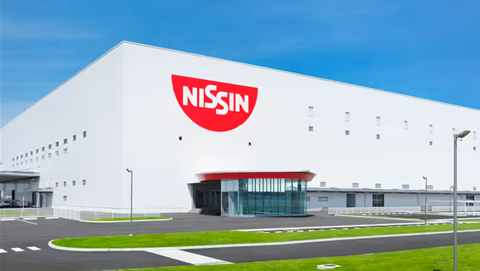Today, we are moving very quickly from the information era to the Age of Insight. The information era was characterised by the generation and collection of massive amounts of data while the Age of Insight is defined by delivering timely insights and discoveries that can inform actions. Thus, deriving valuable insights from data has become the heart of digital transformation initiatives, making data analytics critical to building successful enterprises.
However, in the flurry to cope with increasing amounts of data, IT departments may find themselves spread too thin and more likely to expose themselves to potential risks. Around the corner, malicious actors lurk behind the scenes, waiting for the perfect opportunity to steal companies' valuable data or take advantage of their vulnerabilities to make a quick buck.
How can they start?
Get it right from the beginning with a unified, hybrid, and secure data platform – and this should start with a comprehensive framework.
- Paving the cloud experience with a comprehensive framework
Organisations, large and small, want to distribute their workloads across multiple cloud environments to unlock value where data is sourced to increase agility and accelerate innovation. They also seek advice and best practices to achieve superior business results while avoiding costly pitfalls.
While most data still resides on-premises and not in the public cloud, other types of data collected, processed, and managed at the edge – outside of traditional data centers or public clouds – are expected to grow significantly.
A comprehensive framework that helps manage different workstreams across those remote sites, in addition to ones on-premises, will be crucial to ensure always-on connectivity, compliance, and security. This framework may also focus on broader transformations across private cloud, public cloud, and the edge.
However, for the average organisation, coming up with a framework from scratch is no easy feat. Investment cost can be daunting, as it requires years of experience and expertise across various industries and key domains. To avoid the high R&D costs, work with cloud advisory and professional services partners that can develop an actionable roadmap to meet critical digital imperatives to support a path to modernsation.
- Streamline your data analytics with one unified platform
Firstly, enterprise organisations with legacy data and systems where data is stored in disparate siloed systems often face problems finding and aggregating in a universal data platform to accelerate data-driven decisions. A system that collects, organises, and automatically alerts them of trends will help address issues and allow quicker data access. Equipped with real-time reports and alerts, decision-makers can feel confident that they're basing any choices on complete and accurate information.
Secondly, different pieces of data are often housed in different systems, which can lead to an incomplete or inaccurate analysis if employees are unaware of where they're stored. A comprehensive and centralized system can efficiently resolve this.
Employees will have access to all types of information in a single location, thereby freeing up time spent searching through multiple sources and allowing cross-comparisons between different data sets.
- Safeguard your data against cyberattacks with built-in security featues
Despite the severe consequences of potential data loss, IT organisations are too stretched to meet their data protection needs with outdated technology. According to Veritas Technologies[1], 42% of companies have been hit by at least one ransomware in the last two years. Even tech-savvy Singapore has not fully escaped security attacks and data breaches. Thus, it is critical that companies implement guardrails both offline and online to protect valuable data and prevent cyberattacks from occurring.
A bare minimum protection that companies must have is multi-factor authentication, complemented by encryption. Snapshotting is also a helpful tool for data protection and restoration should files get corrupted during a ransomware attack. Finally, a common mistake is only creating backups in a file that everyone can access.
There is a real threat of your data being encrypted by malicious actors, even if you regularly do your backups. This can be overcome through immutable backup and air gap storage (or some may call it offline store) – a place to house your backup data that the rest of your existing infrastructure cannot easily access.
As we continue to work towards a post-pandemic business world, companies with the right tools to mine, process, store, and access data will thrive in the Age of Insight, while those ill-equipped will fall behind. Winning in a data-driven world will be a marathon race of unlocking value and insights from collected data; there will be roadblocks in the form of unsavory actors attempting to steal these data, and companies must not lose sight of their responsibility to keep their data secure and protected.
[1] https://www.zdnet.com/article/majority-of-apac-firms-pay-up-in-ransomware-attacks/
Kong Hoe Chan is Managing Director, Singapore at HPE










